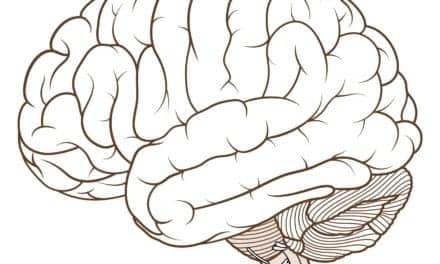New research shows that bacteria have body clocks similar to humans, a discovery that may lead to the development of more effective antibiotics, according to The Sydney Morning Herald.
The research, published on Friday in the journal Cell Reports, involved the design of synthetic microbes in the laboratory to learn what drives their internal clocks and how they might be manipulated in order to create new biological and electronic devices.
“Our work reveals that ancient cells experienced daily metabolic rhythms as the sun rose and set – and they ultimately evolved an internal clock that could predict those rhythms,” said the research leader Dr Michael Rust of Chicago University.
The rhythms in metabolism mean that bacterial cells may grow faster at some times of day than others. “The general rule is that the faster a cell is growing the more susceptible it is to antibiotics – so there could be a particular time of day that’s best suited to attacking bacteria with antibiotics,” he explained.
The scientists concentrated on cyanobacteria, the earliest known forms of life on Earth that depend heavily on the sun’s rays for their energy.


